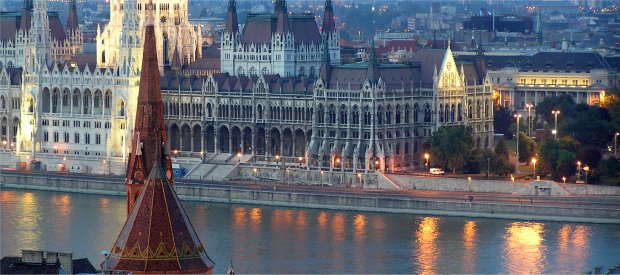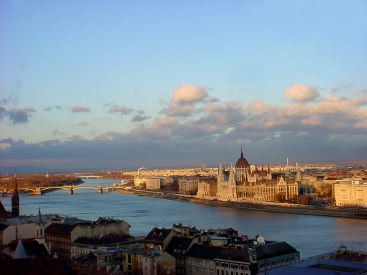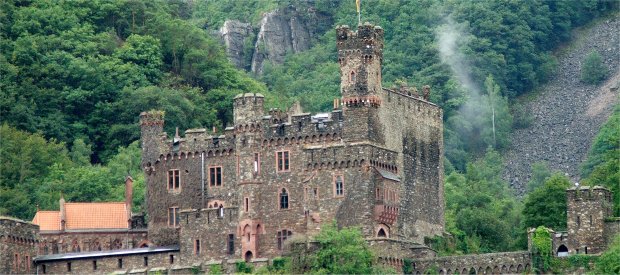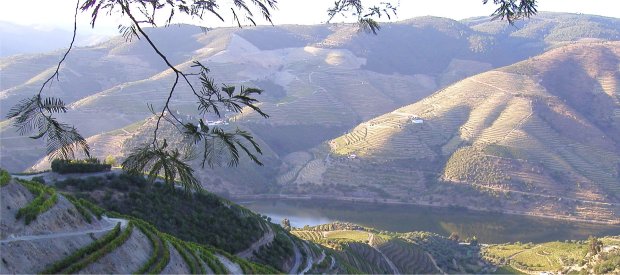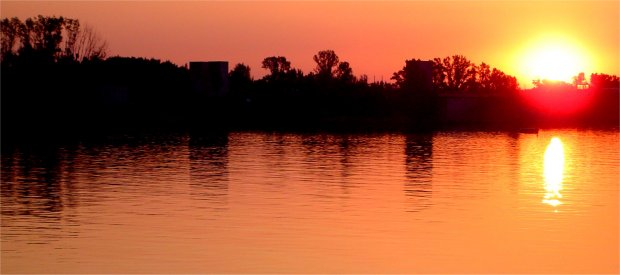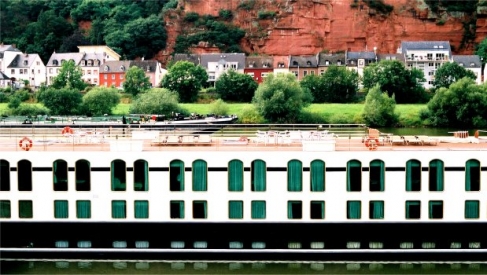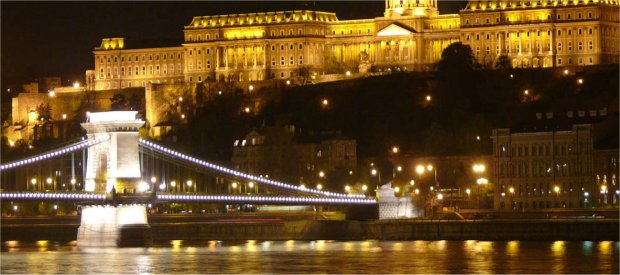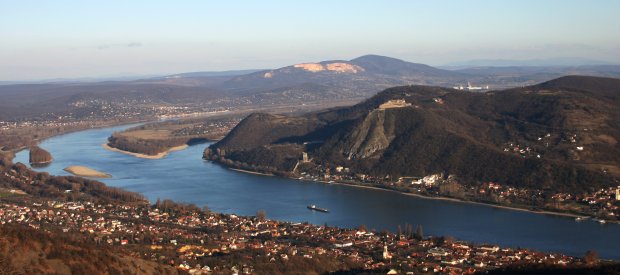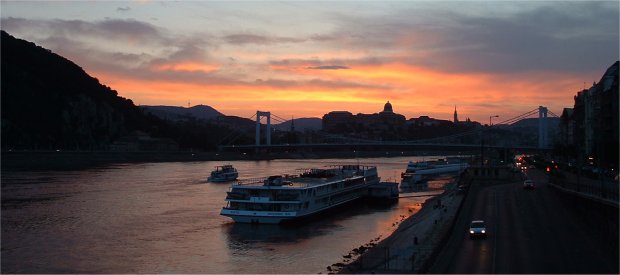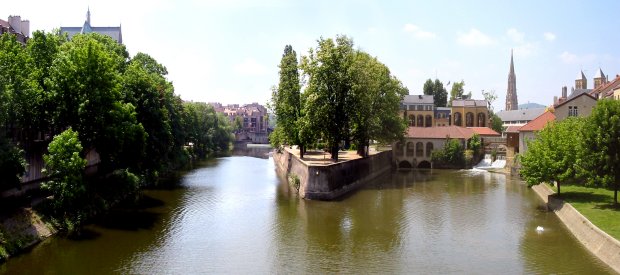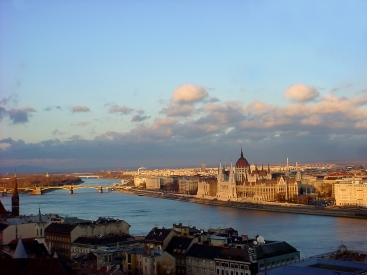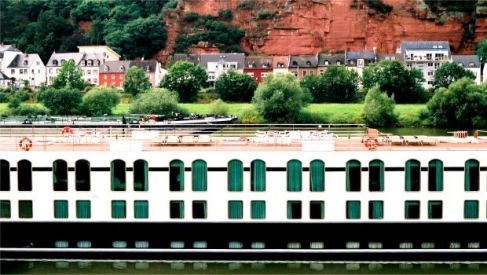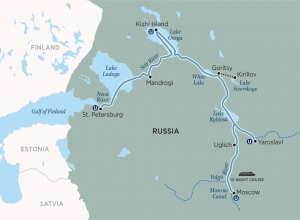

There are only a few buildings in the world that are truly iconic. Everyone knows their names and what they represent. One of these is surely the Kremlin.
For decades, the powerhouse of a communist regime that suppressed, among other things, religion, it comes as something of a surprise to discover it is not just one building but many. And most of them are churches. It is a fitting introduction to the enigma that is Russia.
In fact, most Russian cities have a Kremlin – the fortress that was generally the earliest stage of a town. In Moscow’s case it covers 70 acres and, besides the churches, there are parks, museums and palaces that are now government buildings.
Its walls form the backdrop to Red Square with St Basil’s Cathedral (more accurately, the Cathedral of the Intercession) on the other side, a confection that is simultaneously magnificent and childlike, a kind of baroque gilded gingerbread.
Russian Orthodox churches are enjoying a renaissance, many being restored to their former glory – replete with icons, gilt and murals that cover walls and ceilings. At the other end of Red Square, in the tiny Church of Kazan, I found worshippers fervently kissing icons and a father teaching his young son how to genuflect. Eighty years of outlawing religion have seemingly vanished overnight.
As have the rigours and drabness of the Soviet era – at least for the privileged few. The great emporium GUM (pronounced ‘goom’) also stands in Red Square, an extravagant mall filled with the likes of De Beers, Cartier, YSL and Dior. Plus ca change – conspicuous consumerism nowadays bring practised by the new oligarchs rather than the Tsars. Russia has left its Soviet period far behind and what might be called the “real Russia,” dormant for 80 years, is staging a re-appearance.
But, after three hectic days in Moscow, Uniworld’s River Victoria left the capital and headed out along the Volga for a very different kind of Russia. It gives some idea of the scale of this country that it takes seven days to reach St Petersburg and, when not actually visiting one of the little ports along the way, we travel at a cracking pace day and night.

This is a vast and empty country. After Moscow, city soon gives way to a landscape of woods and water. There are occasional villages and towns, windmills and boathouses, the onion domes of churches rising above the silver birches and then – no sign of human habitation for miles on end, just a timeless, tranquil, primeval countryside. During the course of the next week, we travel through rivers and canals, locks and reservoirs, and the two largest lakes in Europe.
The endless woods are one of the country’s greatest resources. Most houses outside the cities – and quite a few inside – are built of wood and even those built of other materials imitate the style of earlier wooden houses.
The famous onion-domes of the churches were, according to legend, inspired by candle flames reaching up to heaven. They are, though, highly practical in a country that sees so much snow – it simply slides off them. The domes might be golden, green or blue and covered in stars with golden crosses above them. But they all take on the same shape of the original wooden churches, where the domes were covered in wood shingles.
The crew – all Russian, from the captain to the chambermaids – were mines of information as well as suppliers of a remarkable level of service, from excellent dining to extremely comfortable staterooms, all with their own balconies.
There was plenty of on-board entertainment, too, from lectures by a professor of Russian history and politics to the chef giving a lesson on making blinis, as well as Russian conversation classes, folk music concerts and the art of vodka-tasting. Ports of call included charming towns, churches and markets, medieval monasteries and craftsmen’s studios.
We were making our way steadily towards St Petersburg, the jewel in Russia’s crown in every sense. St Petersburg was founded by Peter the Great in 1703 and the entire city is a UNESCO World Heritage site as well as the centre of Russian culture.
Often called the Venice of the North, it is built on numerous islands on the River Neva and criss-crossed by bridges and canals, lined with 18th century palaces. As with Moscow, we had three full days to explore – but that’s barely time to scratch the surface of this jewel-box of a city, filled with hidden gems.
We started with St Isaac’s Cathedral and, of course, the Hermitage. One of the world’s greatest art galleries, it is actually five buildings built by the Empresses Elizabeth and Catherine the Great. We sauntered down Nevsky Prospekt and enjoyed a night at the ballet – Swan Lake, what else? Venturing a little further afield, we took the hydrofoil across to the Peterhof Gardens and its cascade of fountains built to rival Versailles.
In Pushkin (named for the poet), Catherine’s Palace was originally built by Empress Elizabeth but named in memory of her mother, Catherine. When it was completed, she extended an invitation to all the top European ambassadors to visit her “little toy” – as inappropriate a description as it’s possible to imagine given its size and artistry.
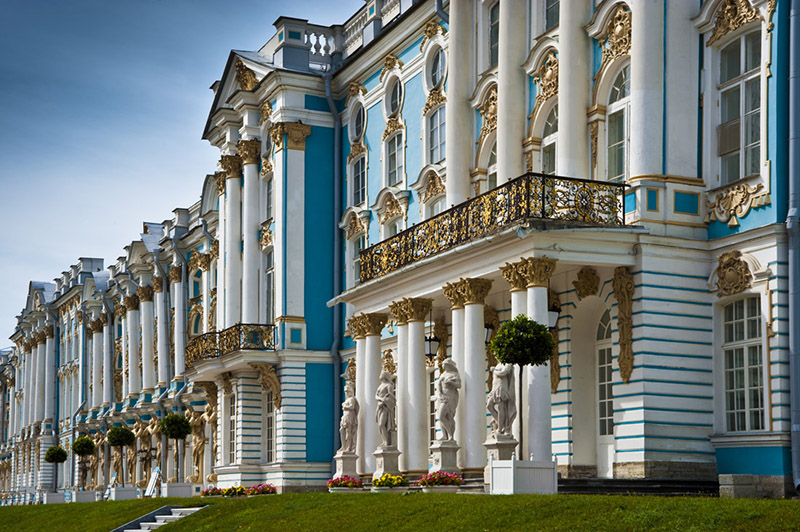
Catherine the Great, though, disliked the Russian baroque style and had it redesigned along neo-Classical lines. Painted blue and white, covered in gilt and reached via the massive Golden Gates, the palace is surrounded by formal French gardens and lyrical English parkland, complete with grottos and man-made lakes.
Inside, there is a riot of white Carrera marble, gold leaf, precious porcelain and sculpted plasterwork. The Great Hall mimics the Versailles Hall of Mirrors. The Amber Room, made entirely of 25 different varieties of the precious material, is mooted as an eighth wonder of the world.
There are silk walls, a Wedgwood Room, stoves made of Delft tiles and countless precious objects, artworks and furniture. Not bad for a “little toy,” especially considering this palace was used for only a few weeks a year.
On our last day, I was eager to get a little further under the Russian skin and off the tourist track. I started at the Yusopov Palace.
By now, luxury and ostentation was pretty much a given, so the conspicuous wealth of Russia’s second richest family was only to be expected – bronze French clocks, porcelain candelabra, gilded mouldings, silk walls and even a private theatre where the great bass, Chaliapin, had sung. But there was another story waiting deep in the cellars – this was where Rasputin, the Mad Monk of legend, had been murdered.
Felix Yusopov had recently returned from his Oxford education and, with a group of friends, plotted the death of the man widely believed to be a dangerous influence on the Tsar.
Felix first invited Rasputin to a glass of (poisoned) wine but this had no effect. He then shot the monk, leaving his body in the cellar only to find him still alive and crawling across the courtyard. The would-be murderers bundled up the still-living Rasputin and threw him in the Neva. However, they had no weights and he floated – probably it was the cold rather than drowning that finally killed him.
From here, I went to the other end of the social spectrum and the last apartment of Fyodor Dostoevsky, arguably Russia’s greatest writer, where he died in poverty in 1881. His books were banned under the Soviet regime; one, The Possessed, features a rather unflattering view of revolutionaries.
There is furniture of the period and a few of the writer’s own belongings – his desk and a rather eccentric hat. On the walls there are silhouettes of his children and notes written by them and slipped under his study door where he routinely worked all night.
It was all brought brilliantly to life by the guide, a local literature professor, who traced a life dogged by cruel twists of fate and self-destructive habits, from gambling to an interest in socialism, that almost led to his execution (he was reprieved by the Tsar minutes before his death), Siberian exile and a final restitution a century later as one of Russia’s greatest artists.
Some of the pungent roll-ups he became addicted to in Siberia are still left in a cigarette box inscribed by his daughter with the date of his death. The same hand that rolled them penned such great works as Crime and Punishment and The Brothers Karamazov.
It was perhaps a fitting symbol on which to end – a perfect illustration of the paradox that is Russia, a country of extremes of poverty and wealth, genius and squalor, heaving cities and empty spaces, corruption and piety, turmoil and the self-reinvention that can be seen everywhere today.
RIVER VICTORIA FACTFILE
Built: 1982, rebuilt 2011
Length: 423ft
Beam: 55ft
Passengers: 206
Crew: 48
Passenger decks: 4
Staterooms: 93
ITINERARIES: Uniworld re-entered the Russian river-cruise market in 2011 after a total refurbishment of the River Victoria, making it the most highly-rated river-vessel in Russia. The 13-day Imperial Waterways of Russia cruise runs from May 16 to September 25 in 2014.
MORE INFO: Call Uniworld on 0845 678 8558 or visit www.uniworldrivercruises.co.uk.
